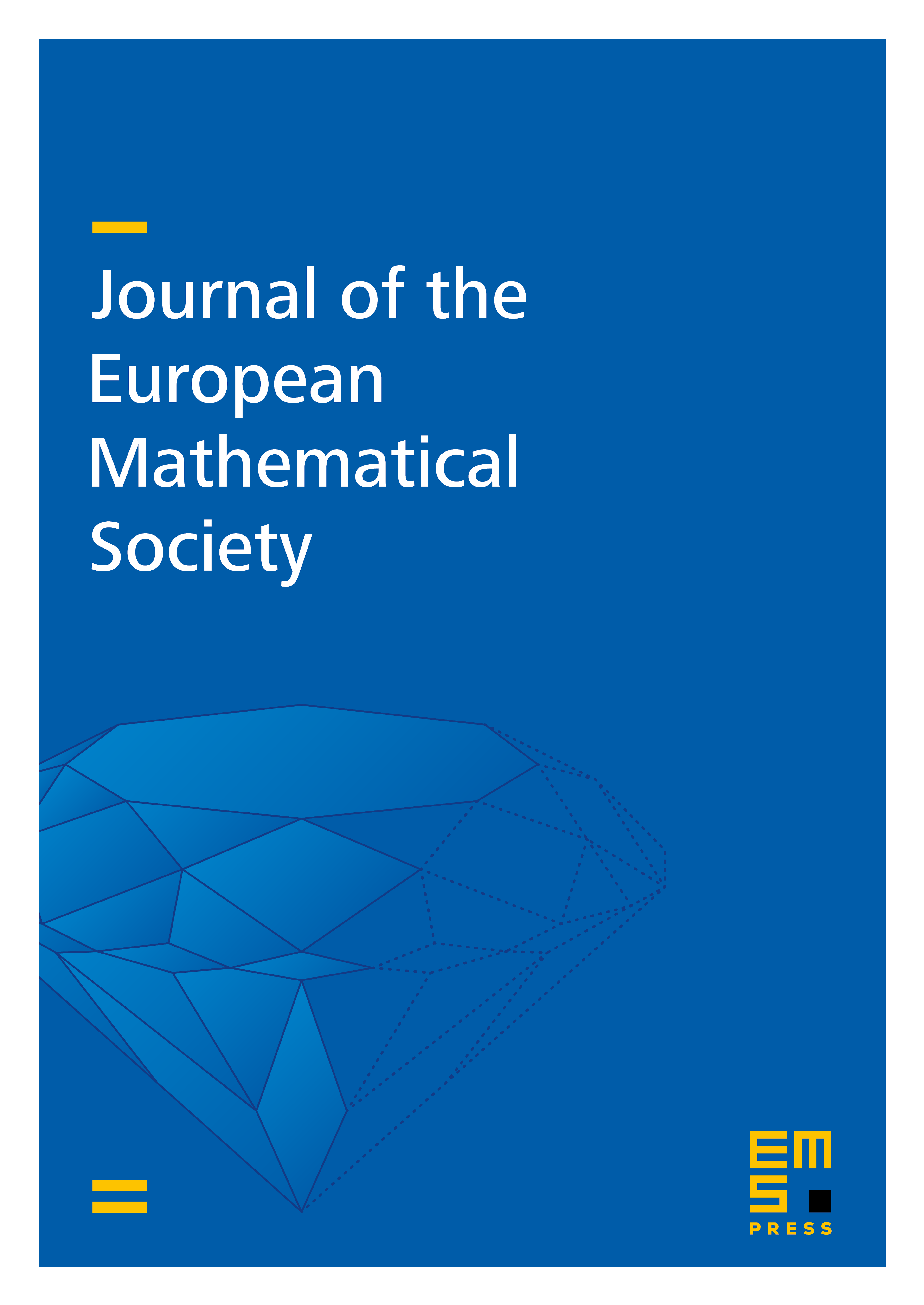Interacting helical vortex filaments in the three-dimensional Ginzburg–Landau equation
Juan Dávila
University of Bath, UKManuel del Pino
University of Bath, UK; Universidad de Chile, Santiago, ChileMaria Medina
Universidad Autónoma de Madrid, SpainRémy Rodiac
Université Paris-Saclay, Orsay, France

Abstract
For each given , we construct a family of entire solutions , , with helical symmetry to the three-dimensional complex-valued Ginzburg–Landau equation
These solutions are -periodic in and have helix-vortex curves, with asymptotic behavior, as ,
where , , is the standard degree vortex solution of the planar Ginzburg–Landau equation in and
Existence of these solutions was previously conjectured by del Pino and Kowalczyk (2008), being a rotating equilibrium point for the renormalized energy of vortex filaments derived there,
corresponding to that of a planar logarithmic -body problem. The modulus of these solutions converges to as goes to infinity uniformly in , and the solutions have nontrivial dependence on , thus negatively answering the Ginzburg–Landau analogue of the Gibbons conjecture for the Allen–Cahn equation, a question originally formulated by H. Brezis.
Cite this article
Juan Dávila, Manuel del Pino, Maria Medina, Rémy Rodiac, Interacting helical vortex filaments in the three-dimensional Ginzburg–Landau equation. J. Eur. Math. Soc. 24 (2022), no. 12, pp. 4143–4199
DOI 10.4171/JEMS/1175